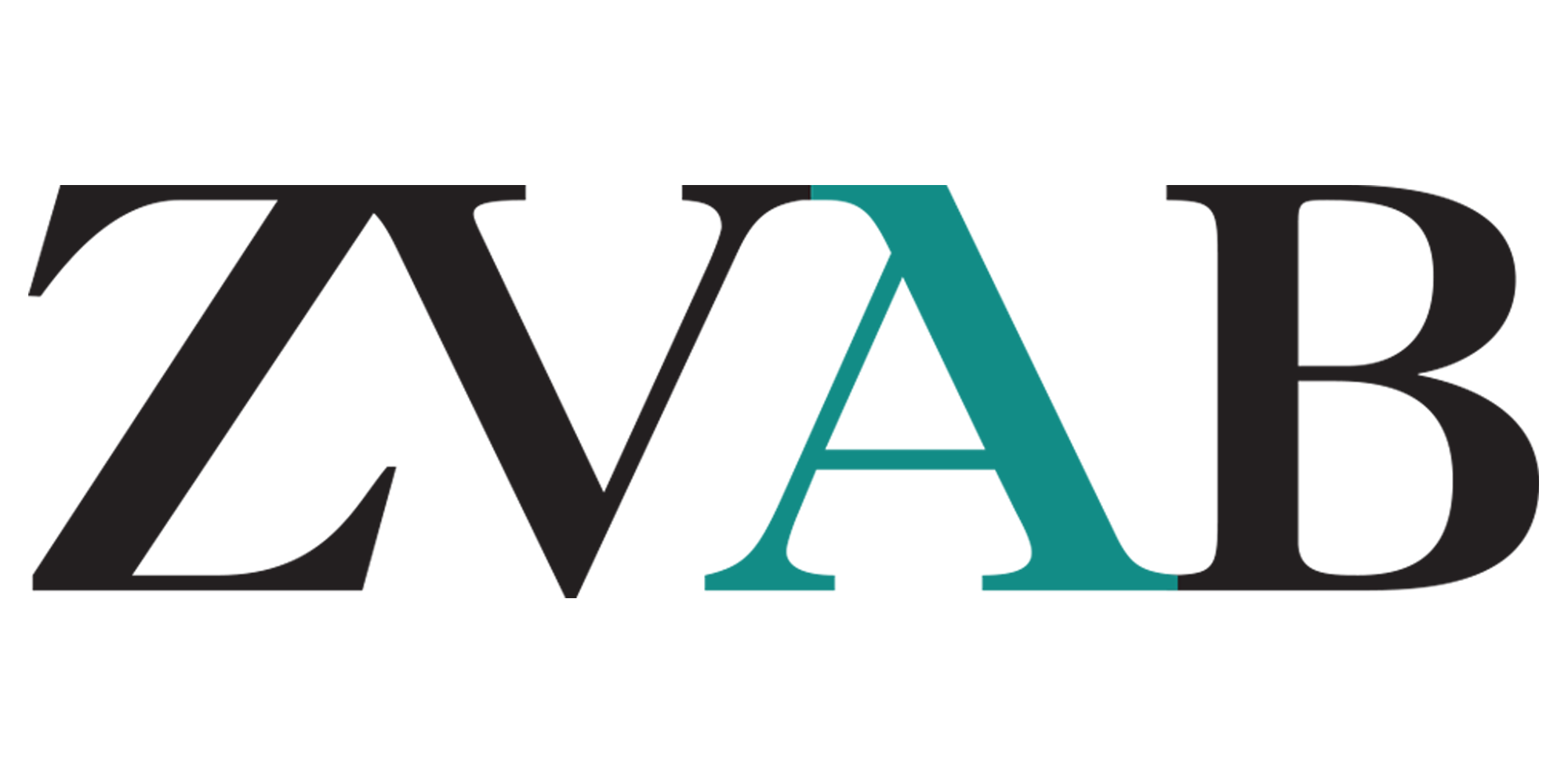
Getting Acquainted with Fractals
Kurzinformation
inkl. MwSt. Versandinformationen
Artikel zZt. nicht lieferbar
Artikel zZt. nicht lieferbar

Beschreibung
The first instance of pre-computer fractals was noted by the French mathematician Gaston Julia. He wondered what a complex polynomial function would look like, such as the ones named after him (in the form of z2 + c, where c is a complex constant with real and imaginary parts). The idea behind this formula is that one takes the x and y coordinates of a point z, and plug them into z in the form of x + i*y, where i is the square root of -1, square this number, and then add c, a constant. Then plug the resulting pair of real and imaginary numbers back into z, run the operation again, and keep doing that until the result is greater than some number. The number of times you have to run the equations to get out of an 'orbit' not specified here can be assigned a colour and then the pixel (x,y) gets turned that colour, unless those coordinates can't get out of their orbit, in which case they are made black. Later it was Benoit Mandelbrot who used computers to produce fractals. A basic property of fractals is that they contain a large degree of self similarity, i.e., they usually contain little copies within the original, and these copies also have infinite detail. That means the more you zoom in on a fractal, the more detail you get, and this keeps going on forever and ever. The well-written book 'Getting acquainted with fractals' by Gilbert Helmberg provides a mathematically oriented introduction to fractals, with a focus upon three types of fractals: fractals of curves, attractors for iterative function systems in the plane, and Julia sets. The presentation is on an undergraduate level, with an ample presentation of the corresponding mathematical background, e.g., linear algebra, calculus, algebra, geometry, topology, measure theory and complex analysis. The book contains over 170 color illustrations. von Helmberg, Gilbert
Produktdetails

So garantieren wir Dir zu jeder Zeit Premiumqualität.

- paperback
- 328 Seiten
- Erschienen 1998
- Academic Press

- paperback
- 552 Seiten
- Erschienen 2000
- Morgan Kaufmann

- Gebundene Ausgabe
- 532 Seiten
- Erschienen 1992
- Springer

- paperback
- 429 Seiten
- Erschienen 1992
- W.H.Freeman & Co Ltd

- Taschenbuch
- 388 Seiten
- Erschienen 1991
- Cambridge University Press

- hardcover
- 440 Seiten
- Erschienen 2007
- Taylor & Francis Inc

- Gebunden
- 341 Seiten
- Erschienen 2008
- Springer

- hardcover
- 296 Seiten
- Erschienen 2016
- Wiley-VCH

- hardcover
- 468 Seiten
- Erschienen 1992
- World Scientific Publishing...




































